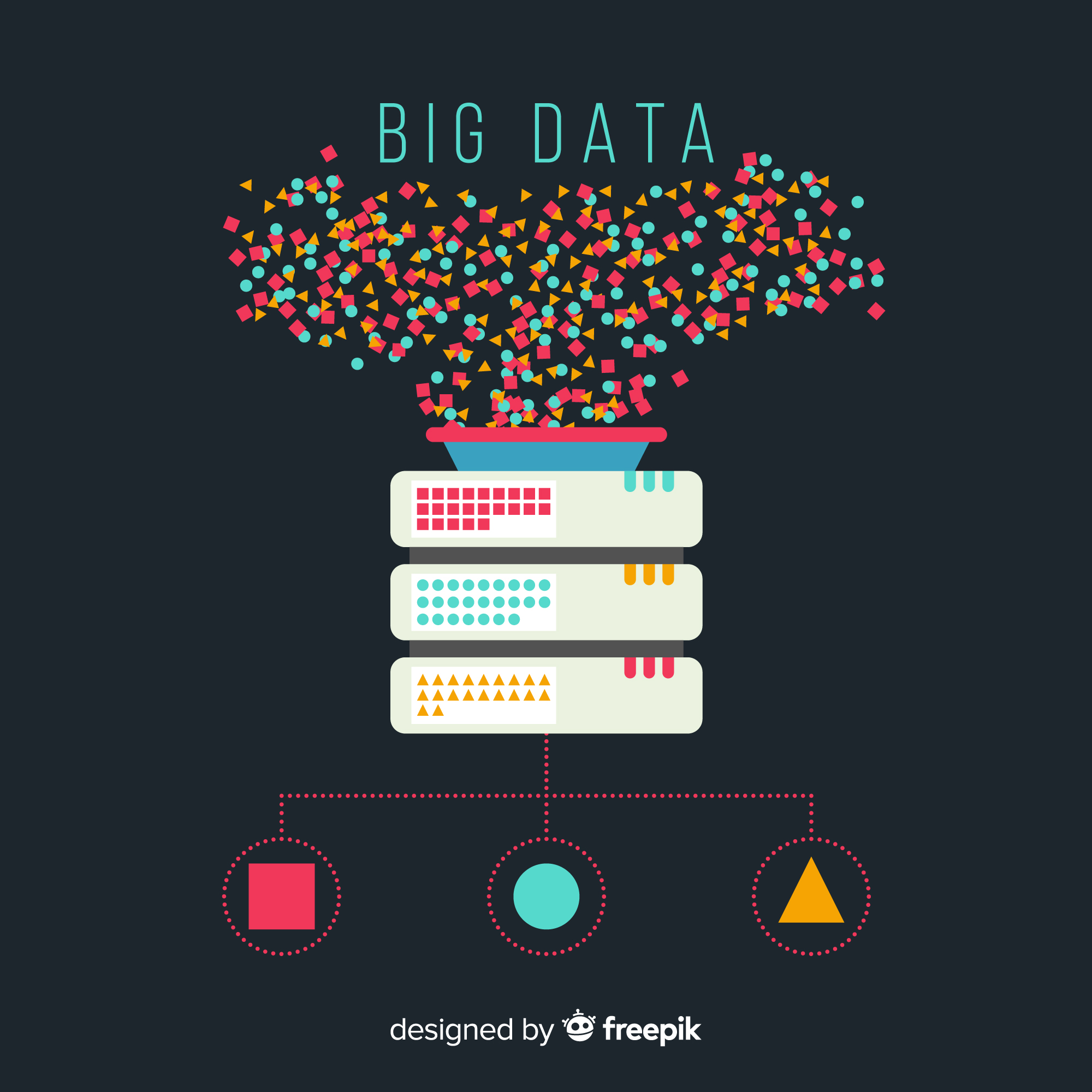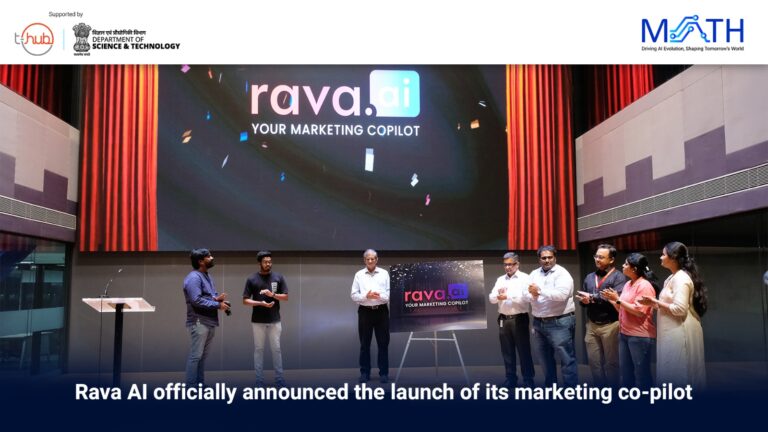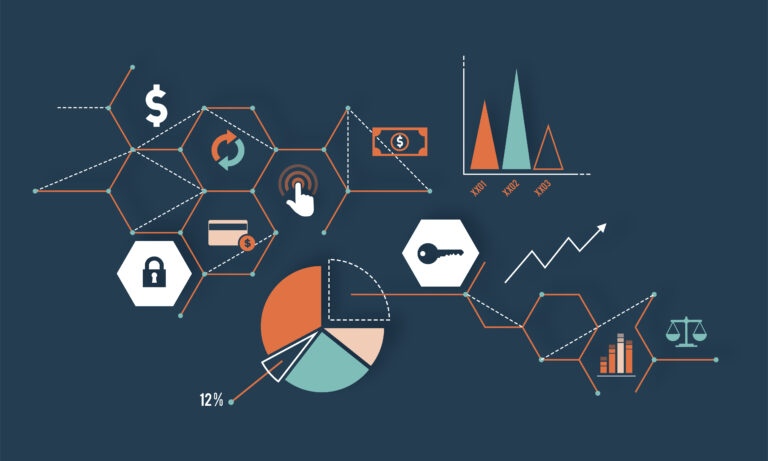Comprehensive Comparison of Databases for Marketing Applications
In the evolving landscape of data management, three powerful technologies stand out for their potential in marketing applications: graph databases, vector databases, and knowledge graphs. This article provides a comprehensive comparison of these technologies, exploring their unique features, strengths, and marketing use cases.
Graph Databases
Imagine you have a big box of Legos and some strings. Each Lego represents a person, someone you know – your mom, dad, friends, or teachers. Now, you use the strings to connect these Lego people based on how they know each other. Your mom and dad are connected with a “married” string, you’re connected to them with “child” strings, and you’re connected to your friends with “friend” strings. A graph database is like this Lego and string setup. It helps us understand how different people or things are connected to each other.
Graph databases use graph structures to represent and store data. They consist of nodes (legos or entities) and edges (strings or relationships between entities), allowing for efficient representation and querying of interconnected data.
Key Features:
- Relationship-centric data model
- Efficient for traversal queries
- Flexible schema
- Native support for graph algorithms
Marketing Use Cases:
In marketing, graph databases are especially useful for understanding how customers are connected to products they like or to other customers.Some other marketing use cases could include:
- Customer Relationship Mapping: Graph databases excel at mapping complex customer networks, showing connections between individuals, households, and businesses. This can reveal influence patterns and potential cross-selling opportunities.
- Recommendation Engines: By modeling product relationships and customer preferences, graph databases can power sophisticated recommendation systems. For example, an e-commerce platform could use a graph database to suggest products based on purchase history, viewed items, and similarities to other customers.
- Influencer Marketing: Graph databases can identify key influencers within social networks by analyzing connection patterns and interaction strengths. This helps marketers target influential individuals for brand promotion.
- Customer Journey Analysis: By representing touchpoints as nodes and interactions as edges, graph databases can map and analyze complex customer journeys across multiple channels.
- Fraud Detection: In financial marketing, graph databases can detect unusual patterns of transactions or connections that might indicate fraudulent activity.
Vector Databases
Think of a big coloring book where each page has a picture of a fruit. Now, imagine you could turn each fruit into a list of numbers based on things like its color, shape, and taste. An apple might be [red, round, sweet], which we could turn into numbers like [1, 1, 1]. A banana might be [yellow, long, sweet], or [2, 2, 1] in numbers.
A vector database is like a magical book that can quickly find fruits that are similar based on these number lists. Vector databases are designed to store and query high-dimensional vectors, which are mathematical representations of complex data. These vectors are often used in machine learning and AI applications.
Key Features:
- Optimized for similarity searches
- Support for high-dimensional data
- Efficient nearest neighbor queries
- Integration with machine learning models
Marketing Use Cases:
In marketing, vector databases can help find products or customers that are similar to each other, even if we’re not sure exactly what makes them similar. Some other marketing use cases could include:
- Semantic Search: Vector databases can power advanced product search functionality based on features or customer intent rather than just keywords. This allows customers to find products that are conceptually similar, even if they don’t match exact search terms.
- Customer Segmentation: By representing customer attributes and behaviors as vectors, these databases can analyze patterns and group similar customers for targeted marketing campaigns. This enables more nuanced segmentation than traditional demographic approaches.
- Content Recommendation: Vector databases can match content to user preferences based on semantic similarity. This is particularly useful for personalized content marketing strategies in industries like media and publishing.
- Image and Video Search: In visual marketing, vector databases can find similar images or videos based on content, style, or composition, facilitating asset management and creative inspiration.
- Real-time Personalization: By quickly matching user behavior vectors with product or content vectors, these databases enable real-time personalization of web experiences.
Knowledge Graphs
Imagine you have a giant storybook about the world. In this book, everything is connected like in a story. The sun gives light to plants, plants give food to animals, and animals live in different places around the world. Everything in the book is connected in some way, just like in real life.
A knowledge graph is like this storybook. It helps us understand how different things in the world are connected and how they relate to each other.
Definition: Knowledge graphs are a specific application of graph technology that combines graph database structures with semantic web technologies. They represent knowledge in a way that’s both human-readable and machine-processable.
Key Features:
- Integration of heterogeneous data sources
- Semantic relationships and ontologies
- Inferencing capabilities
- Support for natural language processing
Marketing Use Cases:
In marketing, knowledge graph helps understand the whole story of how a business works and how customers interact with it. It’s like having a big storybook about customers, products, and everything related to a business. Some other marketing use cases are:
- Unified Customer View: Knowledge graphs can integrate diverse customer data (transactions, support interactions, social media activity) into a coherent, semantically rich representation of each customer.
- Content Tagging and Organization: By representing concepts and their relationships, knowledge graphs can automate the tagging and organization of marketing content, improving content discovery and reuse.
- Competitive Intelligence: Knowledge graphs can integrate market data, news, and product information to provide a comprehensive view of the competitive landscape.
- Automated Insights Generation: By applying reasoning to the knowledge graph, marketers can automatically generate insights about market trends, customer behaviors, or product performance.
- Chatbots and Virtual Assistants: Knowledge graphs can power intelligent chatbots that understand context and provide more accurate and helpful responses to customer queries.
Comparison:
- Data Model:
- Graph Databases: Focus on entities and relationships.
- Vector Databases: Represent data as high-dimensional vectors.
- Knowledge Graphs: Combine graph structure with semantic ontologies.
- Query Types:
- Graph Databases: Excel at traversal and path-finding queries.
- Vector Databases: Optimized for nearest neighbor and similarity searches.
- Knowledge Graphs: Support both graph queries and semantic reasoning.
- Scalability:
- Graph Databases: Can handle large-scale relationship data but may face challenges with very large graphs.
- Vector Databases: Highly scalable for high-dimensional data but may require specialized hardware for optimal performance.
- Knowledge Graphs: Can integrate large volumes of diverse data but may require significant computational resources for complex reasoning tasks.
- Ease of Use:
- Graph Databases: Require understanding of graph concepts but offer intuitive data modeling.
- Vector Databases: May require expertise in vector representations and machine learning.
- Knowledge Graphs: Demand understanding of both graph structures and semantic web technologies.
- Flexibility:
- Graph Databases: Highly flexible for modeling various types of relationships.
- Vector Databases: Flexible for representing diverse features in a unified vector space.
- Knowledge Graphs: Offer flexibility in integrating heterogeneous data sources and evolving knowledge representations.
Conclusion:
Each of these technologies offers unique strengths for marketing applications:
- Graph Databases are ideal for relationship-centric problems, such as social network analysis, recommendation systems, and customer journey mapping.
- Vector Databases excel in similarity-based applications, including semantic search, content recommendation, and advanced customer segmentation.
- Knowledge Graphs shine in scenarios requiring integration of diverse data sources, semantic understanding, and automated reasoning, such as unified customer views and intelligent content management.
In practice, many advanced marketing systems may employ a combination of these technologies. For example, a comprehensive customer data platform might use a knowledge graph for data integration and semantic understanding, graph database capabilities for relationship analysis, and vector representations for machine learning-based predictions and recommendations.
The choice between these technologies—or the decision to use them in combination—depends on the specific marketing use cases, the nature of the data involved, the required query patterns, and the overall goals of the marketing strategy.
At Rava, we leverage a combination of these technologies based on various marketing uses to create a comprehensive marketing intelligence platform.
At the core of our system, Rava AI leverages knowledge graphs to integrate diverse data sources, including customer profiles, market trends, pitch decks and competitor information. This knowledge graph provides a semantic foundation for understanding the relationships between various entities in the marketing ecosystem.
Building on this foundation, Rava AI employs graph database technology to analyze complex relationships within the data. For instance, graph algorithms map customer affinities and also store content preferences. This enables us to uncover content recommendation for our customer base.
Simultaneously, Rava AI leverages vector databases to power advanced machine learning applications. We use vector representations of certain company information to enable semantic search capabilities, allowing us to find relevant information quickly. Vector databases also facilitate sophisticated recommendation systems, matching customers with content based on subtle similarities that traditional systems might miss.
By combining these technologies, Rava AI offers a powerful suite of tools:
- A 360-degree customer view that integrates data from multiple sources and understands the semantic context of customer interactions.
- Advanced segmentation capabilities that go beyond traditional demographics to group customers based on content preferences.
- Intelligent content recommendations that match marketing messages to customer interests with high precision.
- Predictive analytics that forecast content based on market trends and preferences.
At Rava AI, we create highly personalized, context-aware marketing that resonates with individual customers while also understanding broader market dynamics.







